I see a lot of arguments about this subject so I am making this thread to gather well-sourced information in one place to finally set the record straight.
One of the biggest points of confusion, for me at least, is Kingdom of Cush and its relationship to actual Cushites. The eventual arrival of Nilotes and birth of Nubians makes it difficult to understand.
So let's start at the beginning before those guys came and mucked everything up. Let's start with the proto-Sidamo 'Kerma culture'.
Kerma culture

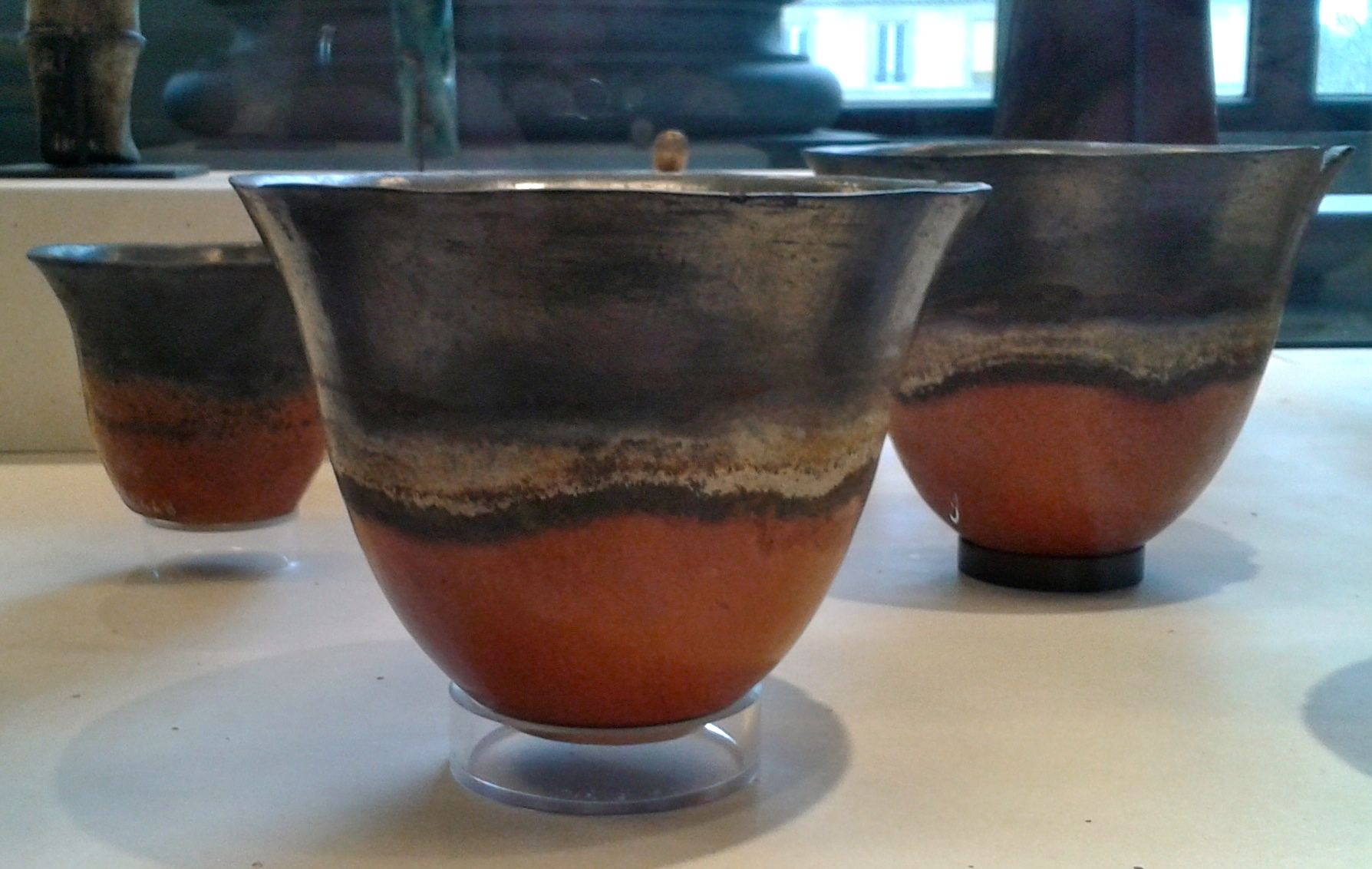

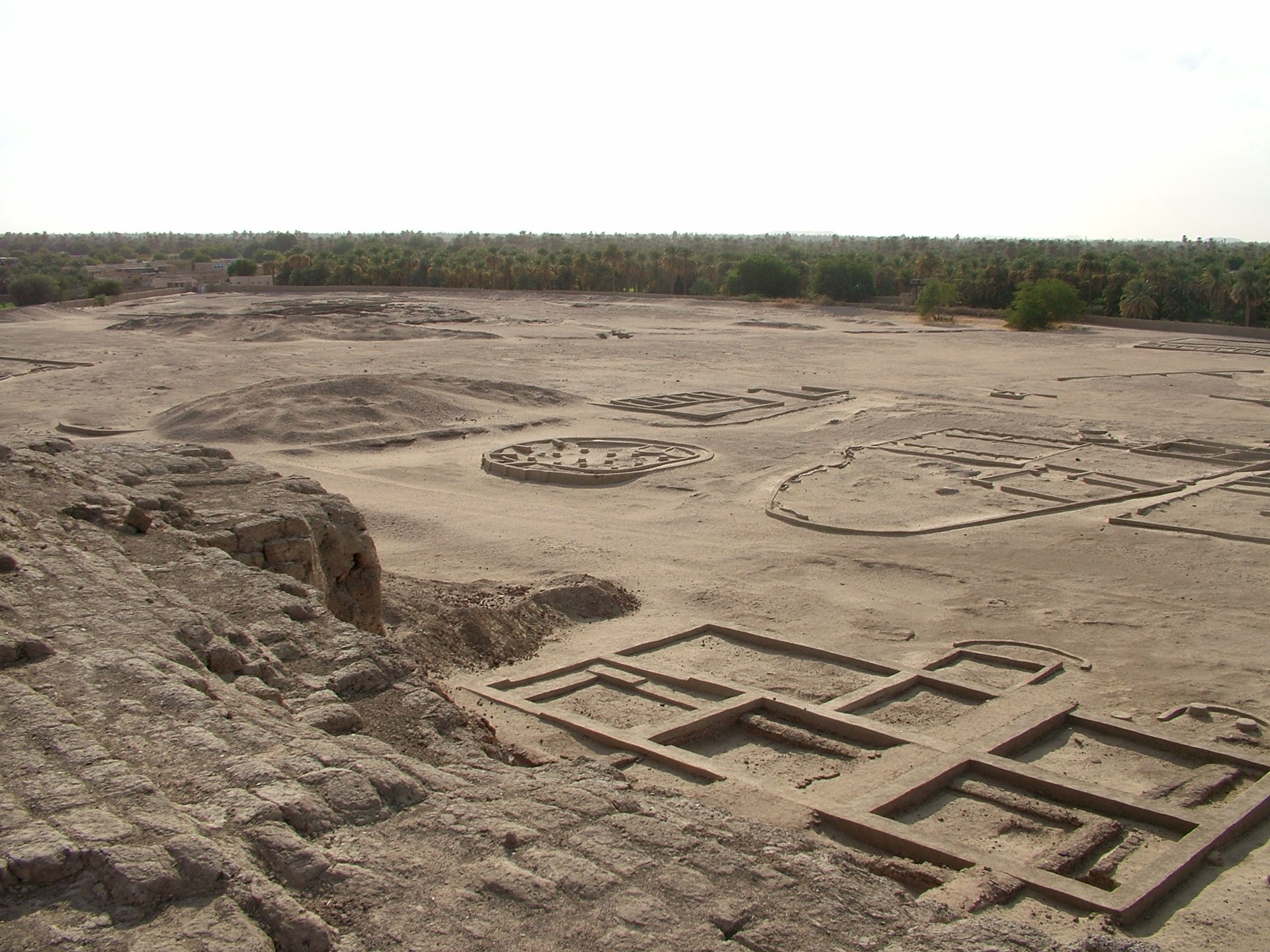

Today, the Sidamo are part of the Ethiopia's Southern Peoples. They live in its easternmost part as farmers. They are around 4 million people at 8% Muslim, 15% pagan, and 77% Christian.
https://en.m.wikipedia.org/wiki/Sidama_people

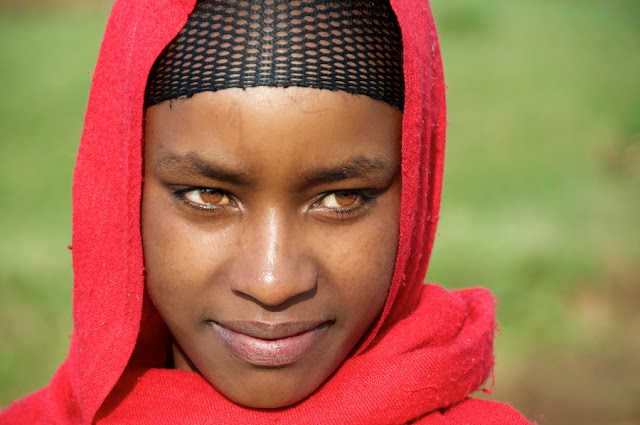

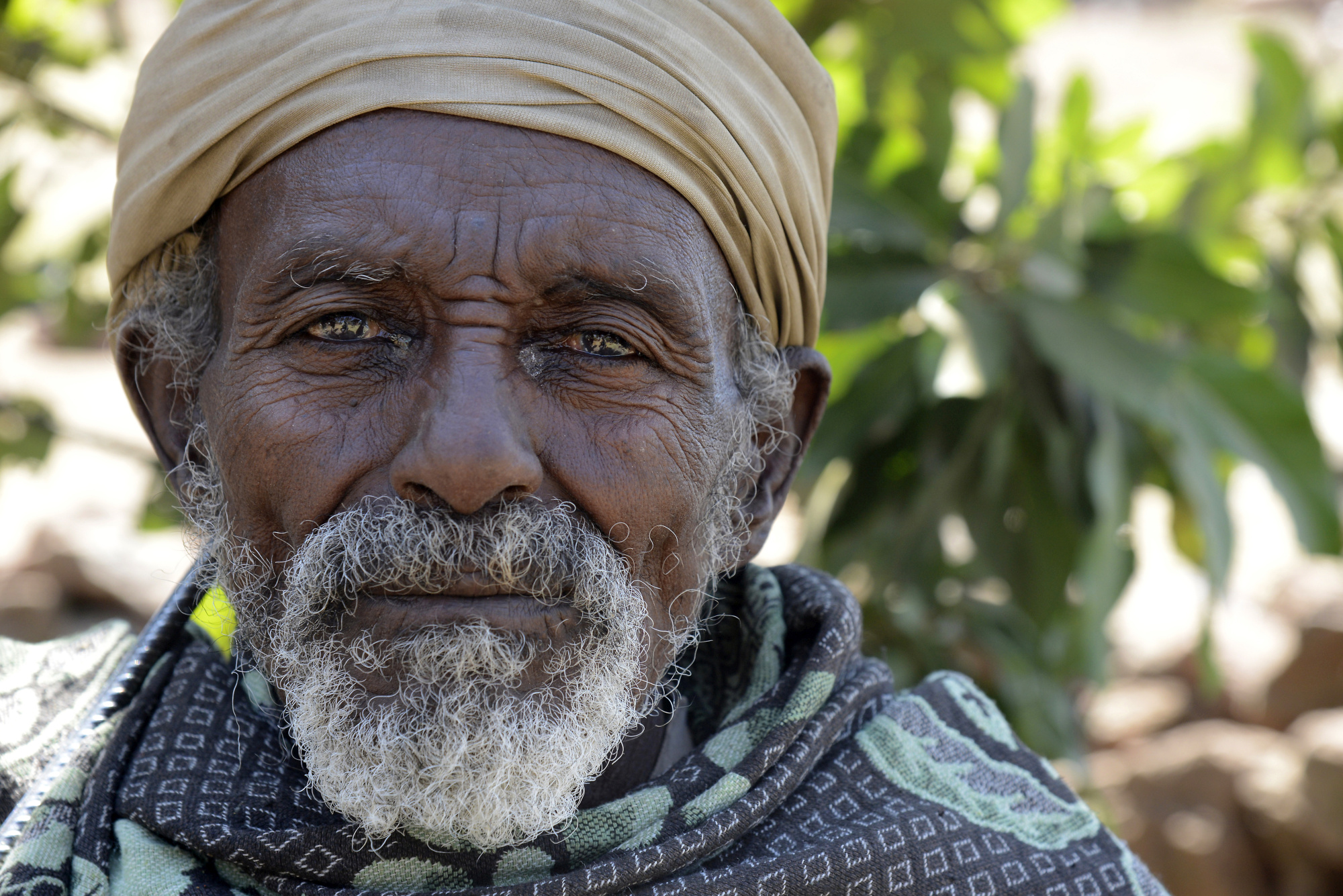


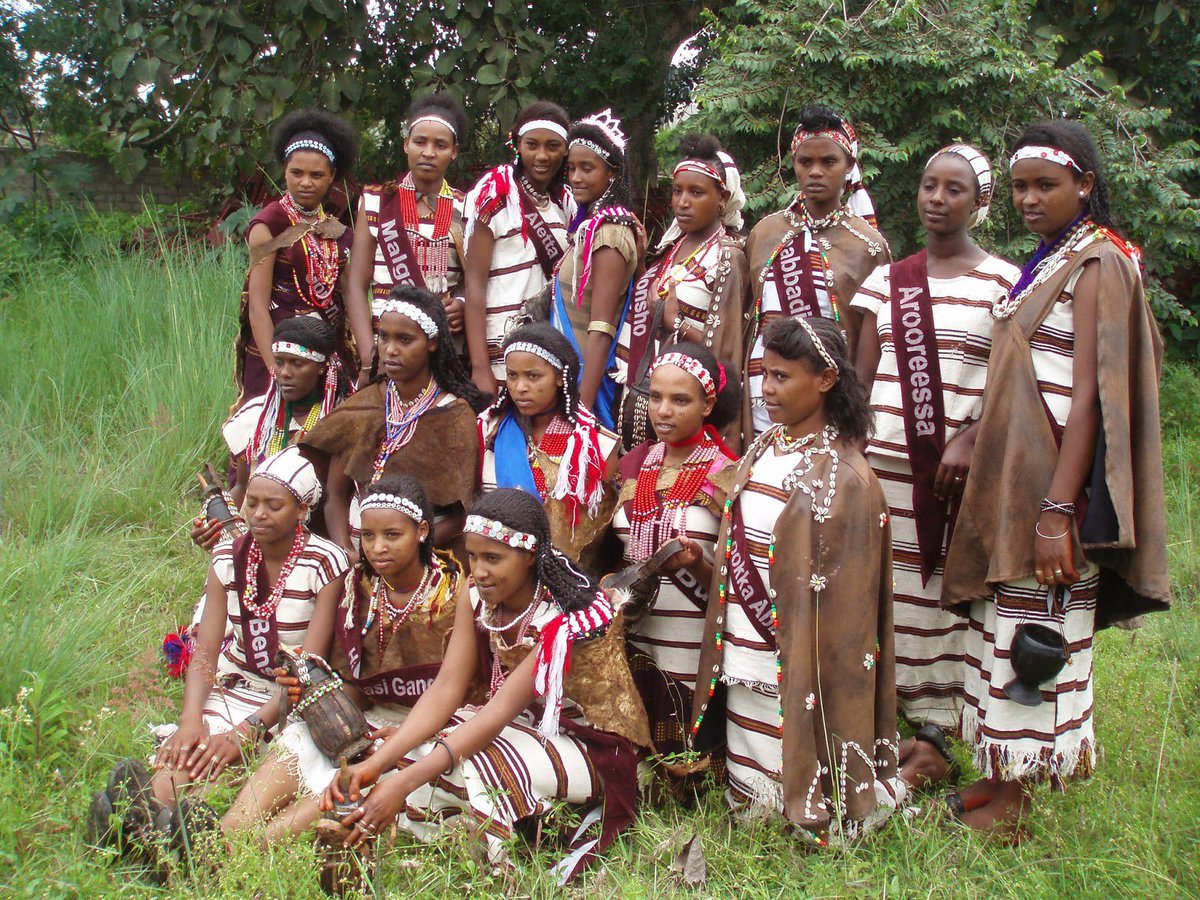
One of the biggest points of confusion, for me at least, is Kingdom of Cush and its relationship to actual Cushites. The eventual arrival of Nilotes and birth of Nubians makes it difficult to understand.
So let's start at the beginning before those guys came and mucked everything up. Let's start with the proto-Sidamo 'Kerma culture'.
Kerma culture

The Kerma culture or Kerma kingdom was an early civilization centered in Kerma, Sudan. It flourished from around 2500 BCE to 1500 BCE in ancient Nubia, located in Upper Egypt and northern Sudan. The polity seems to have been one of a number of Nile Valley states during the Middle Kingdom of Egypt. In the Kingdom of Kerma's latest phase, lasting from about 1700–1500 BCE, it absorbed the Sudanese kingdom of Sai and became a sizable, populous empire rivaling Egypt. Around 1500 BCE, it was absorbed into the New Kingdom of Egypt, but rebellions continued for centuries. By the eleventh century BCE, the more-Egyptianized Kingdom of Kush emerged, possibly from Kerma, and regained the region's independence from Egypt.
Kerma was evidently a sizable political entity - Egyptian records speak of its rich and populous agricultural regions. Unlike Egypt, Kerma seems to have been highly centralized. It controlled the 1st to 4th Cataracts, which meant its domain was as extensive as ancient Egypt.
Numerous village communities scattered alongside fields of crops made up the bulk of the realm, but there also seems to have been districts wherein pastoralism (goat, sheep and cattle) and gold processing were important industries. Certain Kerma towns served to centralize agricultural products and direct trade.
By 2300 BC, the Early C-Group culture (Berbers) was appearing in Lower Nubia, most likely arriving from Dongola Reach (Kerma). Thus, by the second millennium BC, Kerma was the center of a large kingdom, probably the first in Sub-Saharan Africa.
Both during the Middle and New Kingdoms, the resources Kerma possessed – gold, cattle, milk products, ebony, incense, ivory, etc. – were much coveted by Egypt. Its army were built around archers.
During its zenith, Kerma formed a partnership with the Hyksos (Semites) and tried to crush Egypt. Discoveries in 2003 at the Governor of El Kab's Tomb (near Thebes) show that Kerma invaded deep into Egypt between 1575 and 1550 BCE. It is believed that this was one of Egypt's most humiliating defeats, which later pharaohs had erased from the official historic records. Many royal statues and monuments were looted from Egypt and removed to Kerma, apparently as a gesture of triumph by Kerma's ruler.
Under Tuthmosis I, Egypt made several campaigns south, destroying Kerma. This eventually resulted in the Egyptian annexation of Nubia (Kerma/ Kush) c.1504 BC, and the establishment a southern frontier at Kurgus, south of the Fourth Cataract. After the conquest, Kerma culture was increasingly 'Egyptianized' yet rebellions continued for 220 years (till c.1300 BC). During the New Kingdom, Kerma/Kush nevertheless became a key province of the Egyptian Empire - economically, politically and spiritually.
The extent of cultural/political continuity between the Kingdom of Kerma and the chronologically succeeding Kingdom of Kush is difficult to determine. The latter polity began to emerge around 1000 BCE, around 500 years after the end of the Kingdom of Kerma. Initially, the Kushite kings continued to use Kerma for royal burials and special ceremonies, suggesting some connection. Moreover, the layout of royal funerary compounds in both Kerma and Napata (the Kush capital) are similarly designed. Caches of statues of Kush's pharaohs have also been discovered at Kerma, suggesting that the Napatan rulers recognized a historic link between their capital and Kerma.
According to Peter Behrens (1981) and Marianne Bechaus-Gerst (2000), linguistic evidence indicates that the Kerma peoples spoke Afroasiatic languages of the Cushitic branch. The Nilo-Saharan Nobiin language today contains a number of key pastoralism related loanwords that are of proto-Highland East Cushitic origin (proto-Sidamo), including the terms for sheep/goatskin, hen/cock, livestock enclosure, butter and milk. This in turn suggests that the Kerma population — which, along with the C-Group Culture (Berbers), inhabited the Nile Valley immediately before the arrival of the first Nubian speakers — spoke Afroasiatic languages.



Today, the Sidamo are part of the Ethiopia's Southern Peoples. They live in its easternmost part as farmers. They are around 4 million people at 8% Muslim, 15% pagan, and 77% Christian.
https://en.m.wikipedia.org/wiki/Sidama_people














